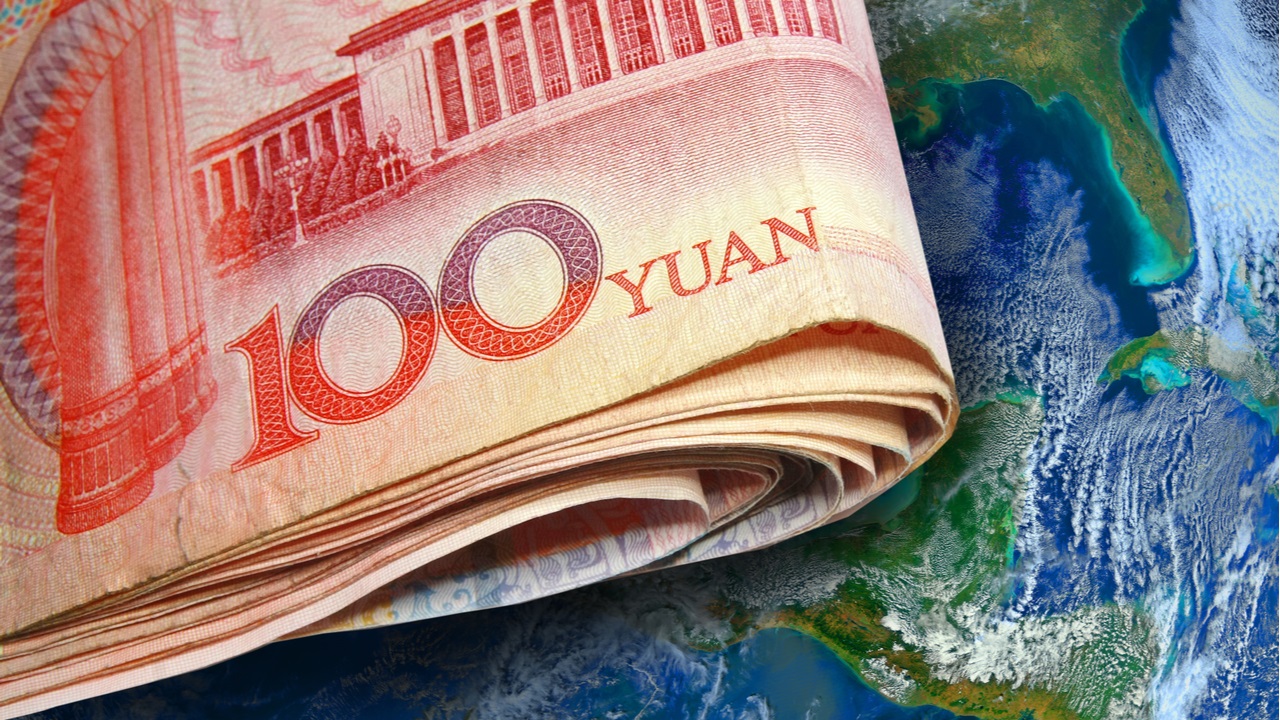The new digital yuan, currently undergoing trials, can help to increase the international usage of China’s national fiat, experts have stated. As the renminbi (RMB, CNY) is becoming one of the world’s most important currencies, the People’s Bank of China is planning to conduct cross-border tests with the yuan’s digitized version, the e-CNY.
Digital Yuan to Facilitate ‘Renminbi Internationalization’
The digital yuan will further promote the process of “internationalization” of the renminbi, Chinese experts believe. This can happen when the Chinese yuan becomes the world’s third-largest currency — in terms of pricing, settlement, and international reserves —current and former officials said Wednesday, quoted by the China Internet Information Center portal.

The e-CNY, arguably the most advanced central bank digital currency (CBDC), is still being tested primarily in domestic retail payment trials. However, cross-border e-commerce could provide the next use case scenario for the “natural and particularly easy to accept” digital yuan, thinks Tu Yonghong, deputy director of the International Monetary Institute (IMI) at the Renmin University of China.
According to Wei Benhua, former deputy director of the State Administration of Foreign Exchange, the future implementation of the e-CNY in international payments will not only promote the RMB but can also influence the reform of the global monetary system. At the same time, he stressed that a consensus would be needed on new rules and standards for the sovereign digital currency.
The digital yuan is “technically ready” to facilitate cross-border transactions, the Chinese publication notes. The People’s Bank of China (PBOC) has recently confirmed its intentions to explore options to launch pilot programs for cross-border payments with the e-CNY.
The improvement of cross-border payments is one of the goals set by the PBOC in the e-CNY whitepaper, the report remarks. The Chinese central bank will work with counterparts and monetary authorities around the world to establish regulatory mechanisms and exchange arrangements for its digital currency.
In early June, financial authorities in Hong Kong announced they are going to connect the region’s domestic payments network to the Chinese digital yuan system in order to evaluate the currency’s usability in cross-border transactions. The test is part of a second round of trials following initial small-scale experiments with digital yuan wallets.
The RMB International Index, an indicator reflecting the level of internationalization of the Chinese currency published by the International Monetary Institute, rose to 5.02 points at the end of last year, from just 0.02 a decade ago. The IMI claims the RMB’s international usage has surpassed that of the Japanese yen and the British pound during the first half of 2020.
Do you expect the e-CNY to increase the importance of the Chinese yuan as an international currency? Share your thoughts in the comments section below.





















